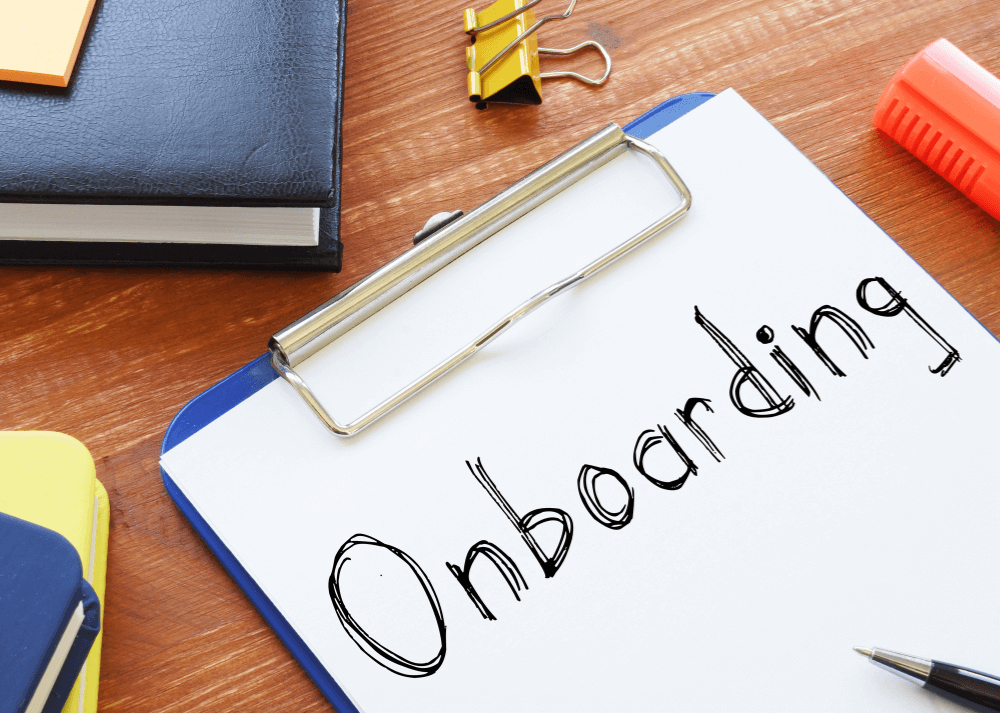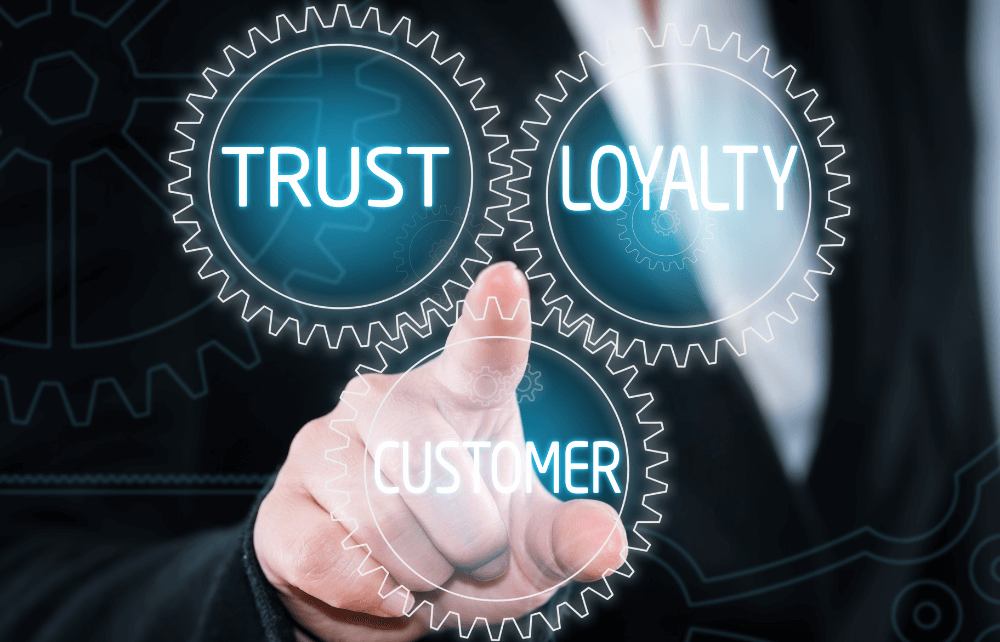Every SaaS startup faces a critical challenge: keeping users engaged with your product over time. While attracting new customers is important, top-performing SaaS companies understand that retention rates between 72% and 88% are key to sustainable growth. Implementing effective user retention optimization strategies is often more cost-effective than acquisition. It directly impacts your bottom line through increased lifetime customer value.
User retention isn’t just about preventing cancellations—it encompasses all activities your business undertakes to keep users satisfied and make existing customers more profitable. Your efforts should focus on delivering continuous value through product improvements, exceptional customer service, and rewarding loyalty programs that demonstrate you value their business.
The good news is that you don’t need to guess which strategies work best. From implementing helpful onboarding flows to creating meaningful touchpoints throughout the customer journey, there are proven retention techniques that build lasting customer relationships. Your ability to listen to feedback, quickly resolve issues, and consistently enhance your product will transform one-time users into long-term advocates for your SaaS solution.
Understanding user retention dynamics

User retention is the lifeblood of SaaS business growth and sustainability. When you understand how customers interact with your product over time, you can make strategic decisions that directly impact your company’s future.
Defining retention and churn rates
Retention rate represents the percentage of users who continue using your product over a specific time period. It’s calculated by dividing the number of users at the end of a period by the number at the beginning, then multiplying by 100. Churn rate is the flip side of retention—the percentage of customers who stop using your service. A 5% monthly churn means you’re losing 5% of your customer base each month, which can quickly erode your revenue base.
These metrics aren’t just numbers—they’re early warning systems for your business health. Proven customer success strategies can help you maximize retention by implementing proactive onboarding and support. Different industries have different benchmarks. For example, enterprise SaaS typically aims for annual churn rates below 10%, while consumer applications might consider 20-30% acceptable.
Measuring retention: key metrics and analytics
Beyond basic retention and churn calculations, you should track several nuanced metrics:
- Cohort analysis: Group users based on when they signed up and track their behavior over time
- Customer Lifetime Value (CLV): The total revenue you can expect from a single customer
- Net Revenue Retention (NRR): Measures revenue retained from existing customers, including expansions and contractions
Data-driven refinements come from meticulous collection and analysis of user feedback and usage patterns. Usage frequency metrics help identify engagement patterns. Daily active users (DAU) versus monthly active users (MAU) creates a “stickiness ratio” that reveals how often customers return to your product. Implementing customer retention analysis allows you to predict churn before it happens. Set up dashboards that highlight concerning trends like decreasing login frequency or feature adoption.
Strategies for user onboarding optimization

First Impressions: crafting the onboarding experience
Your onboarding process should guide users to their first “aha moment” as quickly as possible. Identify your critical retention event and design your onboarding flow to lead users directly there.
Key elements of effective onboarding:
- Welcome screens that clearly communicate your value proposition
- Progress indicators showing completion status
- Checklists to guide users through essential setup steps
- Tooltips highlighting important features without overwhelming
Personalization significantly improves engagement. Segment your users based on role, business size, or industry to provide customized experiences. This targeted approach ensures users see relevant examples and features first. Simplify initial setup by minimizing required fields and implementing progressive profiling. Ask only what’s needed to get started, then collect additional information as users engage deeper with your platform.
Integrations and Interactive Tutorials
Seamless integrations with tools your users already employ create immediate value. Highlight integration capabilities early in the onboarding process to demonstrate how your solution fits into their existing workflow.
Interactive tutorials are more effective than static documentation. Consider implementing:
- Interactive walkthroughs: Guide users through completing actual tasks
- Contextual tooltips: Provide help exactly when and where needed
- Video demonstrations: Show complex features in action
Self-guided onboarding workflows allow users to learn at their own pace. This approach reduces dependency on your customer support team while giving users agency in their learning journey. Create a knowledge base with searchable documentation, FAQs, and community forums. This resource becomes valuable as users progress beyond initial onboarding into regular usage patterns.
The role of free trials and freemium models
Free trials and freemium models serve as extended onboarding experiences. They let potential customers explore your product without financial commitment while you demonstrate value.
For free trials, consider:
- Trial length (14-30 days typically works best)
- Feature access (full access vs. limited features)
- Credit card requirements (requiring upfront can reduce sign-ups but improve conversion quality)
The freemium approach offers core functionality for free with premium features behind a paywall. This model works well when your basic features provide enough value to keep users engaged while premium features solve more complex problems. Build feedback loops throughout your trial period. Send timely emails highlighting unused features and collect user feedback to identify potential friction points that prevent conversion to paid plans.
Enhancing the SaaS customer journey

The customer journey directly impacts retention rates in SaaS businesses. Creating meaningful touchpoints throughout the user experience helps build lasting relationships and reduces churn.
Utilizing customer feedback and engagement
Gathering and acting on customer feedback is crucial for SaaS retention. Set up regular feedback loops through surveys, user interviews, and in-app prompts to understand pain points and satisfaction levels.
Create multiple feedback channels:
- NPS surveys to measure loyalty
- Feature request portals for product development insights
- Usage analytics to identify engagement patterns
Track which features users engage with most, and note where they struggle. This data reveals improvement opportunities that directly impact retention. Engagement tactics like webinars, email newsletters, and community forums keep users connected to your product. These touchpoints reinforce value and help users discover features they might otherwise miss.
Personalizing user experience
Personalization significantly improves SaaS retention rates. Tailor the user experience based on specific needs, behaviors, and goals of different customer segments.
Consider implementing:
- Role-based dashboards showing relevant features and metrics
- Customized onboarding flows based on user objectives
- Personalized in-app messaging that responds to usage patterns
Leverage user data to create meaningful personalization. Track which features users access most and suggest related functionality they might find valuable. Remember that personalization extends beyond the product itself. Customize your communication strategy with tailored emails, resources, and support that addresses each user’s unique challenges.
Customer support and continuous improvement
Responsive customer support directly influences retention. Implement proactive support systems that address issues before they become frustrations.
Key support elements to implement:
- Multichannel support (chat, email, phone)
- Self-service knowledge bases with searchable content
- Contextual help that appears when users need guidance
Track common support requests to identify recurring issues. These patterns signal where your product needs improvement or where documentation falls short. Establish a culture of continuous improvement by regularly updating your product based on user feedback and support interactions. Communicate these improvements clearly to show users you value their input and are committed to their success.
Advanced retention strategies and tactics

Boosting retention requires sophisticated approaches that go beyond basic customer service. These methods rely on data analysis, targeted customer engagement, and strategic revenue expansion to keep users loyal and increase their value over time.
A/B testing and conversion rate optimization (CRO)
A/B testing is essential for improving your SaaS product’s retention metrics. By testing different features, messaging, or workflows against each other, you can identify what keeps users engaged.
Test these elements to boost retention:
- Onboarding sequences
- In-app messaging
- Email communication timing
- UI/UX changes
Your conversion rate optimization efforts should focus on friction points where users typically drop off. Use heatmaps and session recordings to identify these areas. When implementing changes, measure their impact on both immediate conversions and long-term retention rates. Set clear metrics before testing. Track not just clicks but meaningful engagement that correlates with higher lifetime value. Small improvements can compound over time to dramatically reduce churn.
Segmentation, forecasting, and cohort analysis
Customer segmentation allows you to tailor retention strategies to specific user groups. Divide your users based on:
- Usage patterns (power users vs. occasional users)
- Industry or company size
- Feature adoption rates
- Subscription tier
Cohort analysis reveals how retention varies across different user groups over time. Track monthly cohorts to spot trends and identify which customer segments have the highest churn risk.
Use predictive analytics to forecast which customers might leave. Look for warning signs like decreased login frequency or feature usage. This enables proactive intervention before users decide to cancel.
Advanced segmentation tools can help you create automated workflows triggered by specific user behaviors, ensuring timely engagement when it matters most.
Creating revenue Streams through Uupselling
Strategic upselling increases customer lifetime value while improving retention. When users invest more in your platform, they become less likely to leave.
Effective upselling techniques include:
- Feature-based upgrades – Highlight advanced features that solve specific pain points
- Usage-based expansion – Offer more capacity as users grow
- Add-on services – Create complementary services that enhance your core product
Timing is crucial for successful upselling. Present upgrade opportunities when users experience success with your product or hit usage limits. Use in-app notifications to suggest relevant upgrades based on actual usage patterns. Train your customer success team to identify upselling opportunities during regular check-ins. They should focus on value demonstration rather than aggressive selling. When users clearly see how premium features solve their problems, conversion rates improve naturally.
Maximizing customer lifetime value (CLV)

Customer Lifetime Value represents the total revenue a business can expect from a single customer throughout their relationship. Increasing CLV is crucial for sustainable growth as it costs less to retain existing customers than to acquire new ones.
Assessing CLV in SaaS business models
To properly assess CLV in your SaaS business, start by calculating the average purchase value and multiplying it by the average purchase frequency. Then multiply this by the average customer lifespan. This basic formula gives you a starting point for understanding customer value.
Successful retention strategies help businesses maximize CLV while reducing churn. You should track these key metrics:
- Average Revenue Per User (ARPU)
- Churn Rate: Lower churn directly increases CLV
- Customer Acquisition Cost (CAC)
- Retention Rate: Higher retention means higher CLV
Implement tiered pricing models to encourage upgrades over time. This strategy helps SaaS companies make more money and build stronger customer relationships.
Utilizing data-driven insights for growth
Leverage customer data to personalize experiences and identify opportunities for account expansion. By analyzing usage patterns, you can determine which features drive the most value for different customer segments. Focusing on retention, expansion, and satisfaction ensures sustainable growth and stronger customer relationships. Use these data-driven approaches:
- Behavioral Analysis: Identify patterns that indicate both risk and opportunity
- Engagement Scoring: Track product usage to predict renewal likelihood
- Feature Adoption Tracking: See which features correlate with longer retention
Effective onboarding processes significantly impact long-term retention. Ensure new users quickly reach their “aha moment” to establish product value early. Set up automated systems to flag at-risk customers based on decreasing engagement or support ticket frequency. This proactive approach allows your team to intervene before churn occurs.
Boost SaaS growth with Quickly Hire and fractional retention experts
User retention is crucial for SaaS success, often more valuable than new customer acquisition. Quickly Hire gives you access to fractional experts who specialize in retention strategy. These professionals help increase customer lifetime value through smart optimization. From feature improvements to loyalty programs, they know how to keep users engaged. With the right talent, you can build long-term relationships and drive sustainable growth.
Strengthen retention and scale smarter leverage fractional expertise with Quickly Hire.
